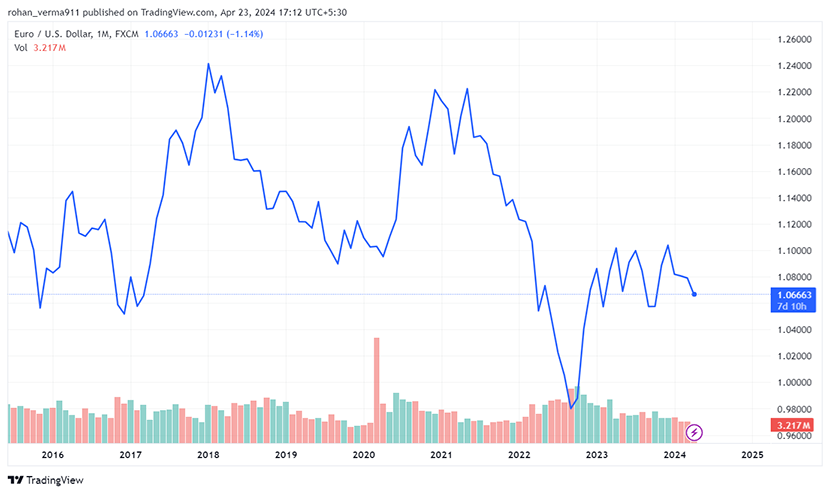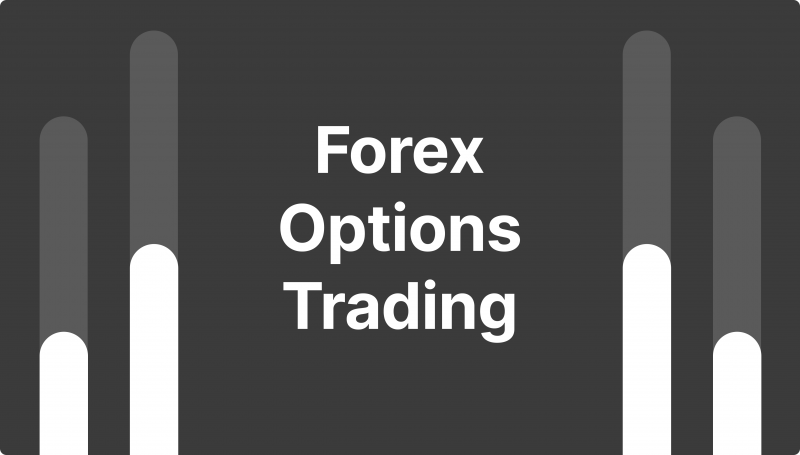
The Impact of U.S. Tariff Policies on Forex Market Dynamics
The forex market has recently been rocked by substantial fluctuations, primarily stemming from the U.S. government's announcement of new tariffs. As the U.S. dollar weakened against major currencies, traders and investors are reevaluating their strategies in response to these developments. The implications of these tariff policies extend beyond mere currency depreciation; they encapsulate a complex relationship between geopolitical tensions, market sentiment, and trading strategies.
U.S. Dollar Performance
As of April 11, 2025, the U.S. Dollar Index (DXY) has fallen below 100 for the first time since July 2023, reflecting a significant 2.26% decline against the euro and a 2.06% drop against the yen. This downturn signals a broader risk-off sentiment among investors, who appear increasingly skeptical about the dollar’s capacity to serve as a safe haven amidst escalated geopolitical uncertainty. According to market analysts, the dollar's depreciation is largely attributable to the anticipated effects of U.S. tariff announcements which are perceived to potentially hinder economic growth.

Major Currency Pair Movements
Recent dynamics within the forex market have resulted in pronounced movements across major currency pairs:
-
EUR/USD: The euro surged past 1.1070, boosted by strong buying interest. Analysts attribute this upward momentum to speculative positioning against the dollar, as traders anticipate further weakness in U.S. currency due to tariff-related pressures.
-
USD/JPY: The Japanese yen appreciated to 145.50, reinforcing its status as a safe-haven currency. Investors are flocking to the yen amidst ongoing trade tensions and concerns regarding the potential destabilization of the global economy.
-
AUD/USD: The Australian dollar showcased resilience, recovering from initial losses to stabilize as traders reassess their positions. The recovery is particularly notable given that Australia has strong trade ties with both the U.S. and China, making it sensitive to shifts in the global economic landscape.
Strategic Insights for Traders
In light of the current market conditions, traders are advised to adopt several strategies to navigate the volatility effectively:
-
Diversification: Investors should spread their holdings across various currency pairs to mitigate risks associated with sudden market shifts. By diversifying, traders can buffer their portfolios against adverse movements in individual currencies.
-
Technical Analysis: Utilizing technical indicators—such as moving averages and Fibonacci retracement levels—can help traders identify optimal entry and exit points amidst market fluctuations. For instance, recent patterns in the EUR/USD and USD/JPY pairs may provide actionable insights for both short- and long-term trades.
-
Stay Informed: Continuous monitoring of economic indicators and tariff developments is crucial. With the forex market being so reactive to news and policy shifts, staying updated can empower traders to anticipate and react to market changes effectively.

Broader Economic Context
The U.S. dollar's struggles are compounded by rising inflationary pressures and the potential for retaliatory measures from other nations responding to the U.S. tariff policies. This situation underscores the interconnectedness of global trade dynamics, where fluctuations in the forex market can have widespread implications, particularly for economies closely tied to U.S. trade policies.
Moreover, the prospect of escalating trade tensions could trigger a flight to safety, pushing investors towards lower-risk assets, such as government bonds and stable currencies like the Swiss franc. The market is not only reacting to tariffs but is also influenced by the ongoing geopolitical landscape which remains fragile.
Conclusion
The forex market is currently navigating a complex landscape shaped by U.S. tariff policies, leading to significant volatility and dynamic shifts in currency valuations. As traders face these uncertainties, the emphasis on informed, strategic trading practices becomes paramount. Remaining vigilant, adaptable, and well-informed will be crucial for market participants seeking to capitalize on emerging opportunities while effectively managing risks in this rapidly changing environment.
For ongoing updates and analysis on forex movements, traders can refer to resources such as Forex.com and FXStreet.
